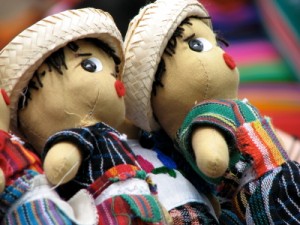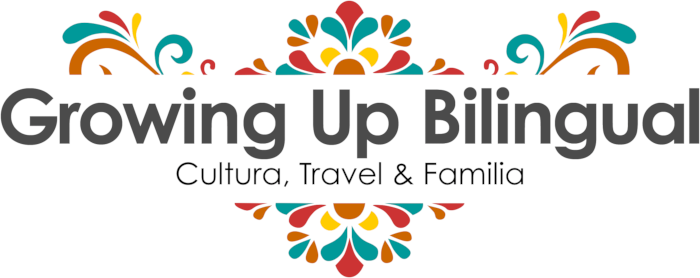 Teach By Example: Value Your Culture
Teach By Example: Value Your Culture
The first step to raising bilingual children is to recognize the value of your culture and your language. Make a conscious decision that you are willing to invest the time and energy to keep your traditions, beliefs, and language alive in your home.
Speak Your Native Language at Home
Speak only your native language at home. Languages are learned better in a natural environment. It doesn’t matter if your child doesn’t speak your native language at home all the time or doesn’t pronounce words well. The important thing is that he tries; motivate him to answer you in the same language that he is spoken to in.
It is also essential for him to listen to you talk so he can learn the correct pronunciation and grammar. Explain to your child the importance of speaking more than one language and let him know that in different places and situations, other languages are used. Make sure that you encourage him every time he speaks in his native language. If he uses some words in English or has difficulty with the pronunciation, model the right word or words and ask him to repeat them.
Talk About Your Roots
Teach children about their history, their ancestors, traditions, and culture while you encourage them to be proud of being North Americans; this will help them accept their cultural differences more easily. Let them know that most people in the United States originally come from other countries and cultures, just like them.
We are all different; we all have different roots and beliefs, but at the same time, we all share things in common. Teach your children about your values while you let them know that we are not all the same and other people may have different values and customs, and that is ok.
As children grow, they will start noticing that other children and other people do not act in the same way that they do. This is the perfect opportunity to talk to them and explain that people have different ways of doing things and that these are not less valuable. We must also respect other cultures, customs, and beliefs.
RELATED ARTICLES
Latest posts by Paula Bendfeldt-Diaz (see all)
- Easy Guatemalan Flag Crafts for Kids - September 14, 2025
- Mayan Pyramid Craft for Kids: An Easy Guatemalan Pyramid Craft - September 14, 2025
- Great Wolf Lodge Naples With Teens: Best Thrill Rides, VR Fun, and Hangout Spots - September 8, 2025



Raising bilingual children is quite the adventure and I’m glad to be on it!
I agree though, emphasizing the importance of the minority language by speaking it at home as well as valuing the cultural aspect of it and talking about the roots from which it comes are paramount in getting a positive reaction from the child. If the child doesn’t “like” the language, he isn’t going to speak it.
Jeff
Keeping hold of your culture helps your kids know where they come from and encourages pride. I am happy that I find joy in my Latin American heritage